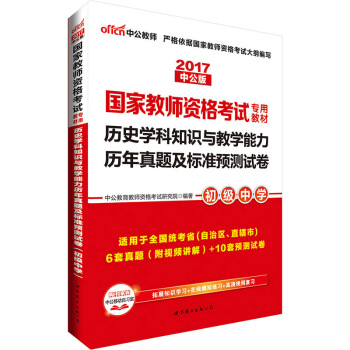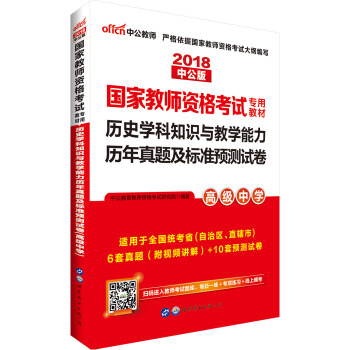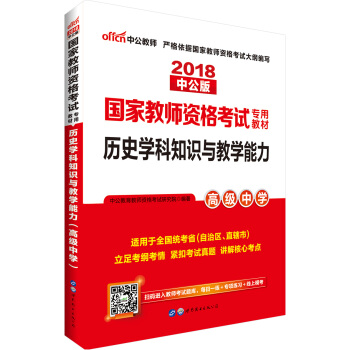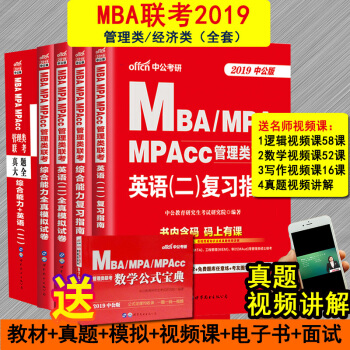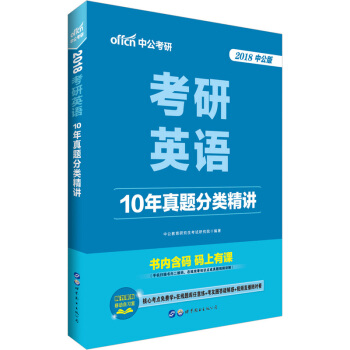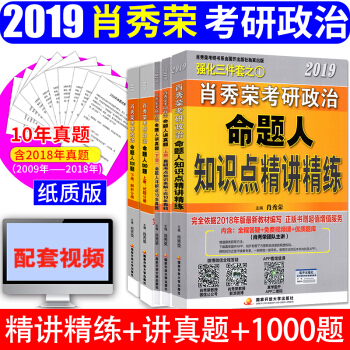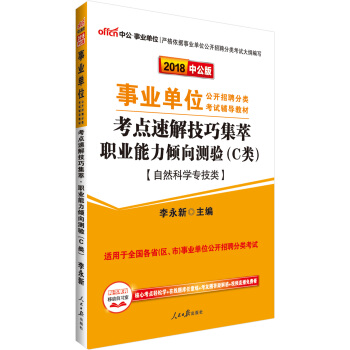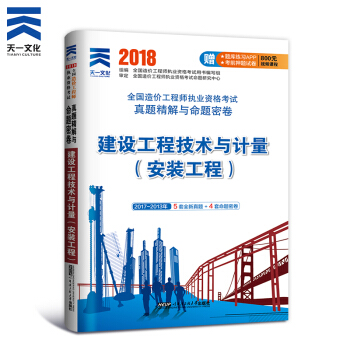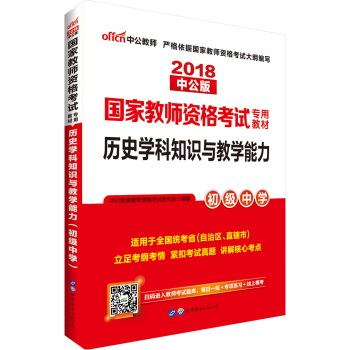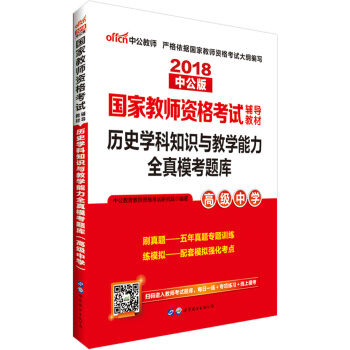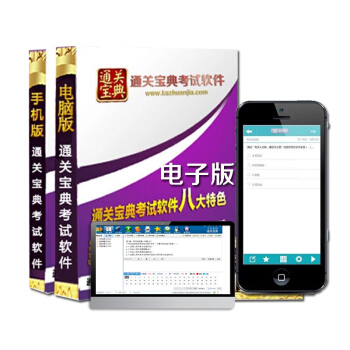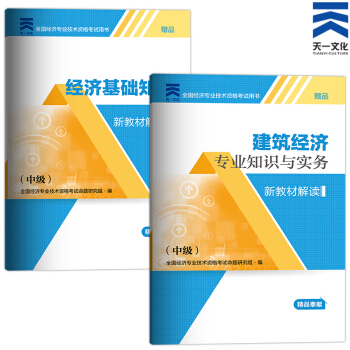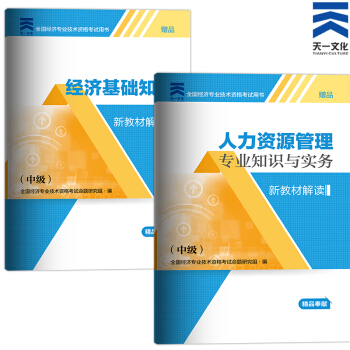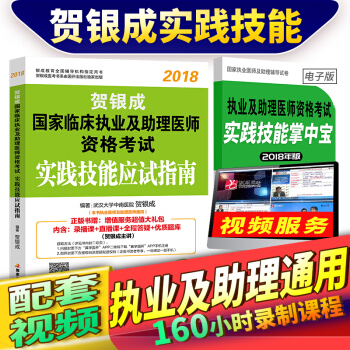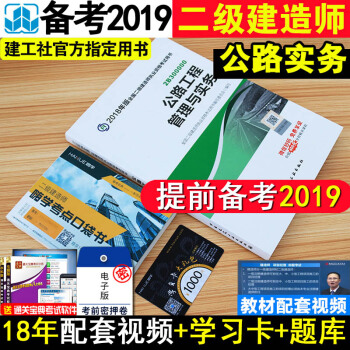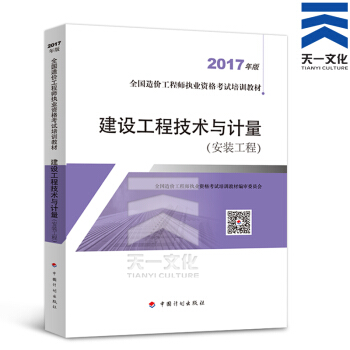![CFA资格认证应考秘籍 (Ⅰ级)(2016版) [Kaplan Schweser's Secret Sauce for the CFA Exam]](https://pic.tinynews.org/11919858/572843dbN305b9ca5.jpg)

具体描述
产品特色
编辑推荐
适读人群 :CFA一级考生·一枝独秀:国内目前无其他相关CFA考试Secret Sauce落地出版。
·特别授权:全球CFA·备考服务商翘楚KAPLAN授权正版。
内容简介
CFA,Chartered Financial Analyst (特许金融分析师),是全球投资业尤为严格与含金量很高的资格认证,在投资金融界被誉为“金领阶层”,在西方一直被视做进军华尔街的“入场券”。
Kaplan被公认为金融领域中全球有实力的内容和培训提供商。CFA·资格认证应考秘籍(Kaplan Schweser CFA· Secret Sauce)(Ⅰ级)(2016版),根据2016年CFA协会出版的官方教材和全新考纲编写;紧扣CFA考试知识重点,深度提炼精华例题,形成绝密备考秘籍;目前全球的CFA考生都选择kaplan出版的Secret Sauce备考秘籍。
作者简介
Kaplan,隶属Graham Holdings——纽交所上市的多元化教育和传媒公司,年收入约40亿美金——Kaplan教育集团下设高等教育、测试准备和专业教育等业务板块,每年为120万名学生提供服务,业务遍布世界30多个国家,是提供终身教育的大型国际教育集团。
作为世界知名的备考服务商, Kaplan提供超过90种标准考试辅导服务,每年为超过400000名学生、个人或企业提供专业的考试培训。
在金融领域, Kaplan被公认为全球有实力的内容和培训提供商。
目录
Level I Schweser’s Secret Sauce ·
Foreword
Ethical and Professional Standards: SS 1
Quantitative Methods: SS 2&3
Economics: SS 4,5, &6
Financial Reporting and Analysis: SS 7, 8, 9, &10
Corporate Finance: SS 11
Portfolio Management: SS 12
Securities Markets and Equity Investments: SS 13&14
Fixed Income: SS 15&16
Derivatives: SS 17
Alternative Investments: SS 18
Essential Exam Strategies
Index
精彩书摘
Ethical and Professional Standards
Study Session 1
Weight on Exam 15%
SchweserNotes· Reference Book 1, Pages 1–52
Ethics is 15% of the Level I examination and is extremely important to your overall success (remember, you can fail a topic area and still pass the exam, but we wouldn’t recommend failing Ethics). Ethics can be tricky, and small details can be important on some ethics questions. Be prepared.
In addition to starting early, study the ethics material more than once. Ethics is one of the keys to passing the exam.
Standards of Practice Handbook
Cross-Reference to CFA Institute Assigned Readings #1 & 2
We recommend you read the original Standards of Practice Handbook. Although we are very proud of our reviews of the ethics material, there are two reasons we recommend you read the original Standards of Practice Handbook (11th Ed., 2014). (1) You are a CFA· candidate. As such, you have pledged to abide by the CFA Institute· Standards. (2) Most of the ethics questions will likely come directly from the text and examples in the Standards of Practice Handbook. You will be much better off if you read both our summaries of the Standards and the original Handbook and all the examples presented in it.
The CFA Institute Professional Conduct Program is covered by the CFA Institute Bylaws and the Rules of Procedure for Proceedings Related to Professional Conduct. The Disciplinary Review Committee of the CFA Institute Board of Governors has overall responsibility for the Professional Conduct Program and enforcement of the Code and Standards.
CFA Institute, through the Professional Conduct staff, conducts inquiries related to professional conduct. Several circumstances can prompt such an inquiry:
Self-disclosure by members or candidates on their annual Professional Conduct Statements of involvement in civil litigation or a criminal investigation, or that the member or candidate is the subject of a written complaint.
Written complaints about a member or candidate’s professional conduct that are received by the Professional Conduct staff.
Evidence of misconduct by a member or candidate that the Professional Conduct staff received through public sources, such as a media article or broadcast.
A report by a CFA exam proctor of a possible violation during the examination.
Analysis of exam scores and materials and monitoring of websites and social media by CFA Institute.
Once an inquiry is begun, the Professional Conduct staff may request (in writing) an explanation from the subject member or candidate, and may:
Interview the subject member or candidate.
Interview the complainant or other third parties.
Collect documents and records relevant to the investigation.
The Professional Conduct staff may decide:
That no disciplinary sanctions are appropriate.
To issue a cautionary letter.
To discipline the member or candidate.
In a case where the Professional Conduct staff finds a violation has occurred and proposes a disciplinary sanction, the member or candidate may accept or reject the sanction. If the member or candidate chooses to reject the sanction, the matter will be referred to a panel of CFA Institute members for a hearing. Sanctions imposed may include condemnation by the member’s peers or suspension of the candidate’s continued participation in the CFA Program.
Code and Standards
Questions about the Code and Standards will most likely be application questions. You will be given a situation and be asked to identify whether or not a violation occurs, what the violation is, or what the appropriate course of action should be. You are not required to know the Standards by number, just by name.
One of the first Learning Outcome Statements (LOS) in the Level I curriculum is to state the six components of the Code of Ethics. Candidates should memorize the Code of Ethics.
Members of the CFA Institute [including Chartered Financial Analyst· (CFA·) charterholders] and candidates for the CFA designation (Members and Candidates) must:
Act with integrity, competence, diligence, and respect and in an ethical manner with the public, clients, prospective clients, employers, employees, colleagues in the investment profession, and other participants in the global capital markets.
Place the integrity of the investment profession and the interests of clients above their own personal interests.
Use reasonable care and exercise independent, professional judgment when conducting investment analysis, making investment recommendations, taking investment actions, and engaging in other professional activities.
Practice and encourage others to practice in a professional and ethical manner that will reflect credit on themselves and the profession.
Promote the integrity and viability of the global capital markets for the ultimate benefit of society.
Maintain and improve their professional competence and strive to maintain and improve the competence of other investment professionals.
Standards of Professional Conduct
The following is a list of the Standards of Professional Conduct. Candidates should focus on the purpose of the Standard, applications of the Standard, and proper procedures of compliance for each Standard.
The following is intended to offer a useful summary of the current Standards of Practice, but certainly does not take the place of careful reading of the Standards themselves, the guidance for implementing the Standards, and the examples in the Handbook.
Know the law relevant to your position. Comply with the most strict law or Standard that applies to you.
Don’t solicit gifts.
Don’t compromise your objectivity or independence.
Use reasonable care.
Don’t lie, cheat, or steal.
Don’t continue association with others who are breaking laws, rules, or regulations.
Don’t use others’ work or ideas without attribution.
Don’t guarantee investment results or say that past results will be certainly repeated.
Don’t do things outside of work that reflect poorly on your integrity or professional competence.
Economics
Study Sessions 4, 5, & 6
Weight on Exam 10%
SchweserNotes· Reference Book 2, Pages 1–246
Study Session 4: Economics—Microeconomic Analysis
Demand and Supply Analysis: Introduction
Cross-Reference to CFA Institute Assigned Reading #13
Types of Markets
Factor markets refers to markets for factors of production, and goods markets refers to markets for consumer goods and services.
Capital markets refers to the markets where firms raise money for investment by selling debt (borrowing) or selling equities (claims to ownership), as well as the markets where these debt and equity claims are subsequently traded.
The Demand Function and the Demand Curve
A general form of the demand function for Good X over some period of time is:
QDx = f (Px, I, Py...)
where:
QDx = quantity demanded of Good X
Px = price of Good X
I = some measure of individual or average income
Py… = prices of related goods
As an example, consider the weekly demand function for gasoline:
QD gas = 9 – 1.5Pgas + 0.02I + 0.11PBT – 0.008Pauto
where income and car price are measured in thousands, and the price of bus travel (BT) is measured in average dollars per 100 miles traveled. The fact that thequantity demanded typically is negatively related to price is referred to as the law of demand. Note that an increase in the price of automobiles will decrease demand for gasoline (they are said to be complements), and an increase in the price of bus travel will increase the demand for gasoline (they are substitutes). The positive coefficient on income indicates that gasoline for this consumer is a normal good. A negative exponent on income would indicate that gasoline is an inferior good.
To get quantity demanded as a function of only the price of gas, insert values for all the other independent variables. Assuming that the average car price is $26,000, income is $40,000, and the price of bus travel is $25, our demand function above becomes QD gas = 9 – 1.5(Pgas) + 0.02(40) + 0.11(25) – 0.008(26) = 12.342 –1.5Pgas, and at a price of $4 per gallon, the quantity of gas demanded per week is 6.34 gallons.
In order to find the demand curve that shows the price of gasoline as a function of the quantity demanded, invert the demand function to show price as a function of the quantity demanded. For our function, QD gas = 12.342 – 1.5Pgas, we get Pgas =8.228 – 0.667QD gas.
……
前言/序言
用户评价
作为一本特定年份(2016版)的教材,我对其中对最新法规和市场动态的反映程度保持着审慎的态度。金融市场瞬息万变,知识的更新速度远超传统教材的修订周期。我在查阅关于特定监管框架介绍的章节时,能明显感受到它所处的时代背景,尽管核心的金融原理相对稳定,但对于那些依赖于最新案例或监管变化来巩固理解的部分,其时效性成为了一个潜在的短板。我尝试用它来回顾那些需要紧跟市场脉搏才能得分的知识点时,发现必须额外花时间去查阅近几年的补充材料,否则很容易陷入“过时”知识的窠臼。这本书在基础理论框架上的构建无疑是扎实的,它为理解金融的底层逻辑提供了坚固的基石,这一点毋庸置疑。但是,在模拟那种“考试中心导向”的思维模式时,我个人感觉它在捕捉当年可能出现的“热点”或“侧重变化”方面的敏感度,不如那些更频繁更新的在线学习资源。因此,读者在使用时,必须清醒地认识到,它提供的是一个稳定的“内核”,而“外壳”的更新则需要自己承担起来。
评分坦白说,我对这套书的实用性评价是褒贬不一的。作为一名长期奋战在金融考试领域的“老兵”,我深知备考的艰辛,需要的不仅是理论的堆砌,更是应试技巧的打磨。这本书在提供大量知识点总结的同时,我在寻找那种真正能“点破迷津”的解题思路时,遇到了不少挑战。例如,在某些涉及固定收益估值或衍生品定价的部分,它提供的公式推导和案例分析,感觉上略显干燥和书面化,缺少了那种在真实交易场景中体现出来的灵活性和变通性。我期望“秘籍”二字能带来一些“非主流”但却极其高效的记忆方法或者快速计算技巧,但在我的体验中,它更多地遵循了标准化的教学路径。这并不是说它不好,而是说,对于那些追求效率极限的考生来说,可能需要更进一步的“提炼”。我花费了大量时间去理解那些图表和示意,希望它们能自己“说话”,但有些地方的图文配合度并不够高,导致理解的流畅性被打断。如果能在每部分的总结中加入更多“高频考点陷阱分析”之类的实战环节,这本书的价值会得到指数级的提升。目前的版本,更像是一本结构精良的“知识地图”,而非直指核心的“宝剑”。
评分这本书的习题设置和自我检验环节,是我最花心思去研究的部分。我习惯于通过做题来检验自己对知识的吸收程度,而不是仅仅依赖于阅读。在这方面,这本书的习题数量是足够的,覆盖面也相当广,几乎能触及到每个知识点的边缘。然而,在习题的难度分布上,我体验到了一种明显的“陡峭化”。前面的基础练习相对友好,能帮助建立信心,但一旦进入中后期的综合性题目,难度和复杂度会突然大幅提升,很多题目都是将好几个知识模块生硬地缝合在一起,考察的不再是单一概念的掌握,而是系统性的整合运用能力。这对于备考策略的制定提出了更高的要求:如果仅仅停留在理解知识点层面,恐怕很难顺利通过这些高强度的测试。我曾多次被某些题目的复杂程度所挫败,迫使我不得不回到正文重新梳理,这种体验虽然最终促进了学习,但从学习体验的角度来看,其间的“挫折感”是相当明显的。它更像是一个高标准的“模拟实战”,而不是循序渐进的“陪跑训练”。
评分这本书的装帧设计倒是挺吸引人的,封面用色沉稳,字体排版也比较大气,初拿到手的时候,那种对知识的敬畏感油然而生,感觉这绝对是通往CFA殿堂的敲门砖。我当时是抱着极大的期待打开它的,毕竟名字里带着“秘籍”二字,自然期望能从中窥见不同于其他教材的独到见解和高效学习路径。从目录上看,内容的覆盖面确实很广,试图囊括一级考试的所有核心知识点,结构上似乎做了大量的梳理和整合。我花了大量时间研究它的章节划分和知识点的逻辑串联,发现编者在试图用一种更系统化的方式来呈现复杂的金融概念,这一点值得称赞。不过,在初次翻阅的过程中,我发现某些章节的讲解深度似乎有所保留,更像是对知识点的快速罗列和提纲挈领,对于那些金融背景相对薄弱的考生来说,可能需要配合其他更基础的参考资料才能真正理解透彻那些晦涩的理论模型。整体而言,这本书作为一本辅助性的学习指南,在宏观架构上是令人信服的,它提供了一个清晰的路线图,指明了哪些是重点,哪些是需要优先攻克的难关,但对于细节的“深挖”,或许需要读者自身投入更多的精力去填充和完善。这本书的价值,更多地体现在它对知识体系的“组织”能力上,而不是提供“从零到一”的灌输式教学。
评分这本书的语言风格,说实话,初看时给我一种非常“美式”的直接感,用词精准,逻辑推进得很快,几乎没有冗余的修饰语,这对于我这种习惯了中文教材相对委婉表达方式的读者来说,刚开始需要一点时间来适应这种高效但略显冷硬的叙事风格。在讲解那些复杂的经济学概念时,作者似乎默认读者已经具备了一定的基础知识背景,因此在解释某些前置条件时,常常是一笔带过,直接跳跃到核心结论的展示。我特别注意到,在处理跨学科知识的交叉点时,比如会计准则与投资组合管理相结合的部分,处理得相对干净利落,展现了编者对CFA考试知识体系连接点的深刻把握。然而,这种“快节奏”也带来了副作用:对于那些需要更细腻铺垫才能理解的理论,比如行为金融学中的认知偏差,它的阐述就显得有些单薄,仅仅是列举了现象,而没有充分挖掘其背后的心理成因,这使得记忆的深度和牢固性受到影响。总的来说,这本书更像是为那些学习能力强、自驱力高的群体量身定制的加速器,而不是为所有不同学习速度的学习者设计的通用拐杖。
评分挺喜欢的,看起来蛮有用的,还没拆。
评分虽然有点贵,但确实是正版,好书!
评分物流超快,上午下单,下午送到!纸质很不错!CFA,我来了!加油!
评分备考吧,加油
评分给力给力,的确是很不错呀
评分不错的一次购物,感觉不错,物流非常给力!!!!
评分书的质量很好,是正版图书,纸张没有味道,但是书里面的单词没有音标,单词短语应用率很高
评分看一下,全英文
评分物流超级快,是正版!印刷很好,非常喜欢
相关图书
本站所有内容均为互联网搜索引擎提供的公开搜索信息,本站不存储任何数据与内容,任何内容与数据均与本站无关,如有需要请联系相关搜索引擎包括但不限于百度,google,bing,sogou 等
© 2025 book.idnshop.cc All Rights Reserved. 静思书屋 版权所有

